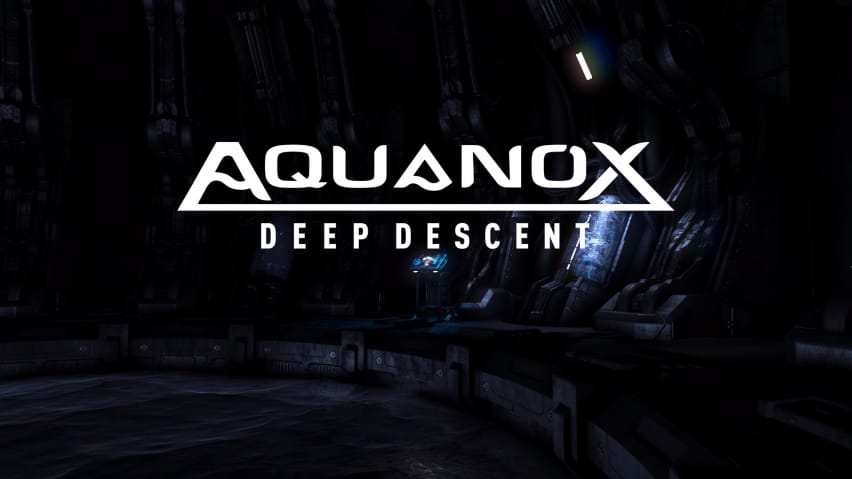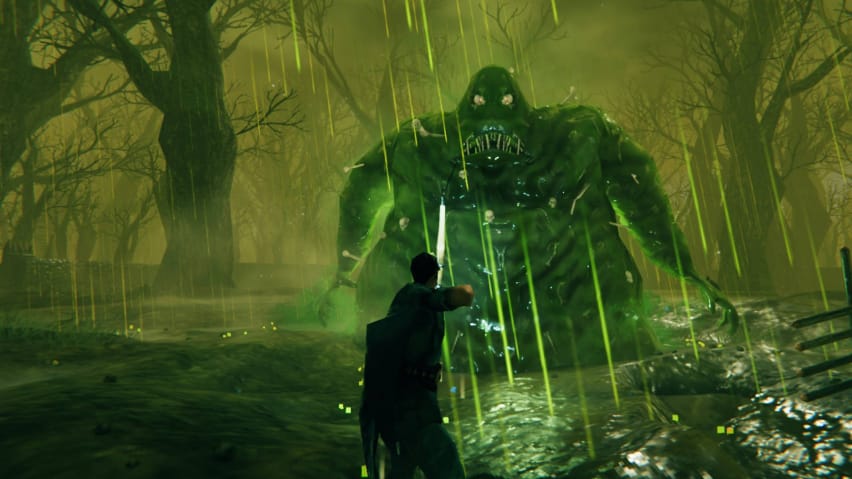

Video game subscriptions are all the rage. Or, maybe that's not quite right. It looks like video game subscriptions will be all the rage, in the not too distant future, if things carry on in the direction they're going right now.
Right now, of course, people are getting their games in more or less the same ways they always have – buying them outright, or downloading them as initially free-to-play – but right now, too, the biggest tech companies around are toying with their own, subscription-based alternatives. Google has Stadia Pro, Amazon is rolling out Luna (alongside Prime Gaming, formerly Twitch Prime), Apple has Apple Arcade, and more internally to the industry itself there are plenty more, from EA Play and Ubisoft+ to PlayStation Now and, sitting atop the monthly payment pyramid above all, Xbox Game Pass.
Game Pass is, officially, big. Subscribers jumped a whopping 50 per cent, from 10 million to 15 million, between April and September 2020 – before the Series X and S consoles had even launched – and have continued to grow in the months since, reaching over 18 million as of late January 2021. Putting that number into context is tricky – Xbox doesn't do console sales figures anymore – but it's over a third of the number of people subscribed to PS Plus, which hit 47.4 million this year, and you need that to play online in any PlayStation game that isn't free-to-play. As for a share of audiences as a whole, Xbox Live has around 100 million active users as of this year, Steam has over 120 million, and PlayStation about 114 million. In brief: 18 million people out of a 100 million-odd, on a premium subscription? Big.




